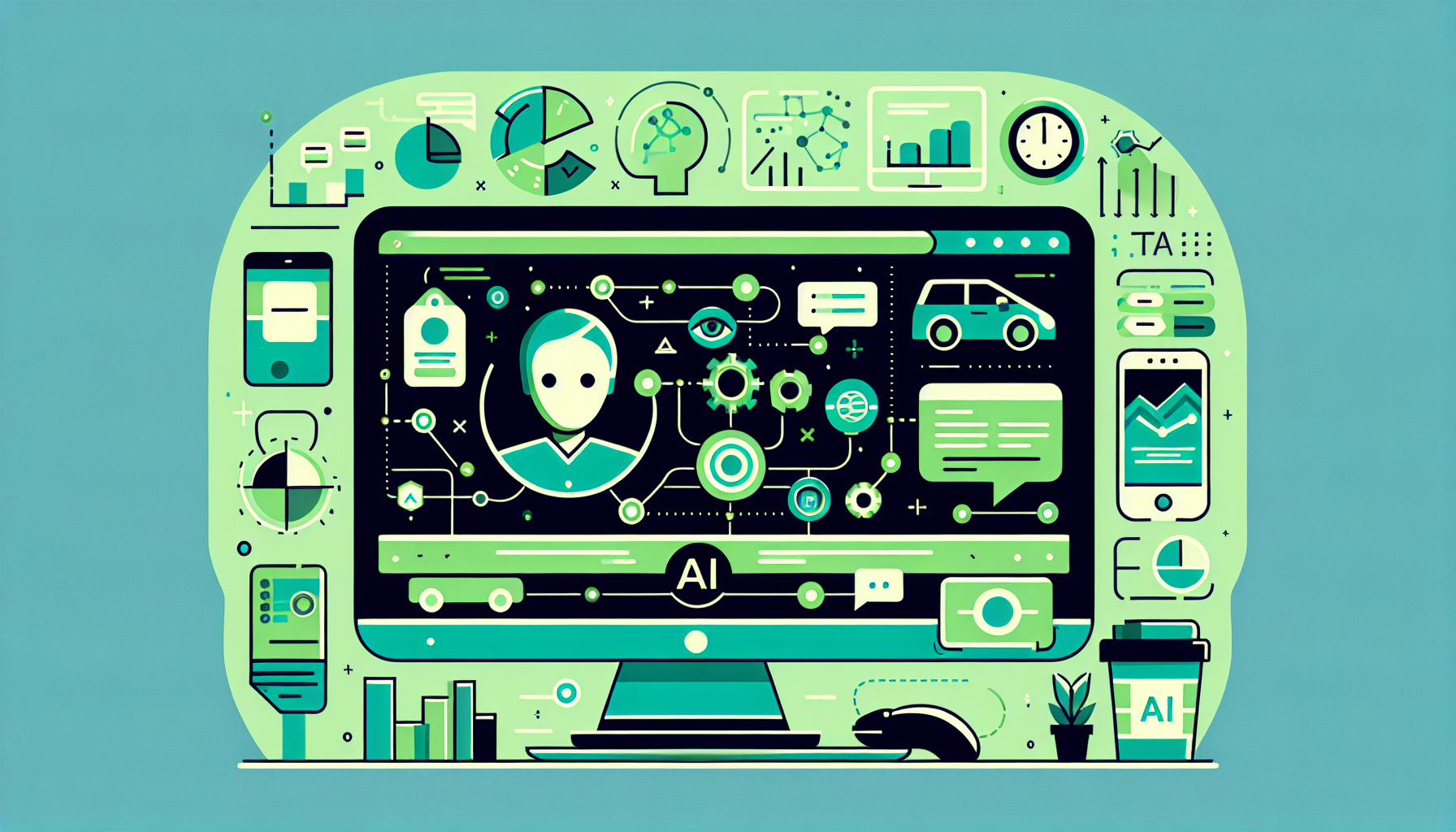Desktop AI Assistant powered by: OpenAI GPT-5, o1, o3, GPT-4, Gemini, Claude, Grok, DeepSeek, and other models supported by Llama Index, and Ollama. Chatbot, agents, completion, image generation, vision analysis, speech-to-text, plugins, internet access, file…
Why it matters
- The integration of advanced AI models significantly improves the efficiency and capabilities of desktop applications.
- Users can benefit from a wide array of functionalities, including natural language processing and image generation.
- The support for multiple AI frameworks fosters innovation and competition in the tech industry.
In an era where productivity and efficiency are paramount, the rise of desktop AI assistants marks a significant milestone in how users interact with technology. These sophisticated tools, powered by a variety of advanced models such as OpenAI's GPT-5, GPT-4, and other notable frameworks like Gemini, Claude, and Grok, are transforming the landscape of personal and professional computing.
The latest iteration of these AI assistants harnesses the capabilities of the Llama Index and Ollama, enabling users to engage with their devices in remarkably intuitive ways. This integration allows for a seamless user experience, making complex tasks more manageable and enhancing overall productivity.
One of the standout features of these desktop AI assistants is their ability to understand and process natural language. This capability is particularly crucial as it allows users to interact with their computers using conversational language rather than cumbersome commands. Whether drafting emails, generating reports, or managing schedules, the AI assistants can comprehend user intent and respond appropriately, significantly reducing the time and effort required to complete tasks.
Moreover, the versatility of these AI tools extends beyond text-based interactions. They are equipped with image generation and vision analysis functionalities, which enable users to create visual content or analyze images directly within their workflows. This feature is invaluable for professionals in creative fields, such as graphic design and marketing, as it allows them to visualize concepts quickly and efficiently without leaving their desktop environment.
In addition to visual capabilities, these AI assistants also offer advanced speech-to-text functionality. This feature is ideal for users who prefer dictating their thoughts or require hands-free operation, enhancing accessibility and convenience. The accuracy of speech recognition has improved significantly, making it feasible for users to rely on voice commands for various tasks, from note-taking to executing commands.
Another noteworthy aspect of these desktop AI assistants is their support for plugins and internet access, which broadens their usability. Users can customize their experience by integrating third-party applications and services, allowing for a tailored workflow that suits individual needs. For instance, a user might integrate their favorite project management tools, enabling the AI to assist in organizing tasks and deadlines seamlessly.
Furthermore, the AI assistants are designed to support multiple models and frameworks, creating a diverse ecosystem that encourages innovation. By leveraging different AI technologies, developers can create unique applications that cater to various user preferences and requirements. This flexibility not only enhances the user experience but also drives competition among AI developers, ultimately benefiting consumers through improved software offerings.
As these desktop AI assistants continue to evolve, they are likely to incorporate even more sophisticated features, including enhanced machine learning capabilities and improved user interfaces. The potential for advancements in AI technology is vast, and as these tools become more integrated into our daily routines, they will undoubtedly reshape how we approach productivity and creativity in our work and personal lives.
In summary, the introduction of AI-powered desktop assistants signifies a transformative shift in how users engage with technology. By offering a plethora of features that cater to a wide range of needs, these tools are poised to enhance productivity, streamline workflows, and ultimately change the way we interact with our devices. As they become more prevalent, the implications for the workforce and consumer technology are profound, marking the beginning of a new chapter in the digital age.











